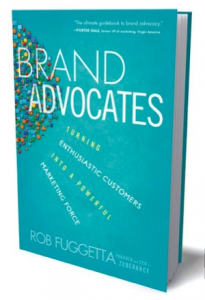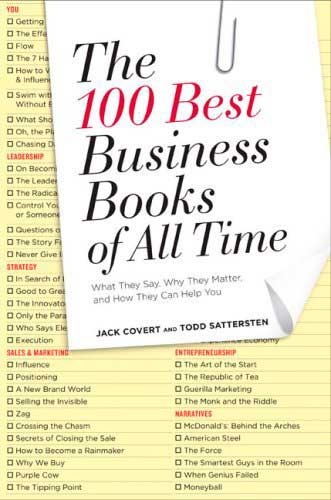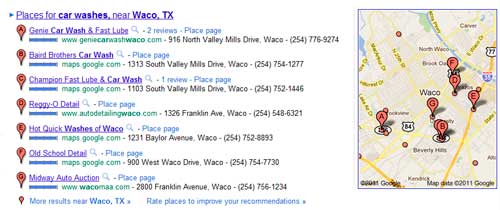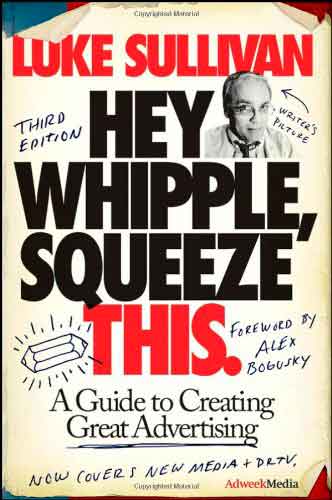Marketing Foolishness: What Not to Do
 [For feed readers and email subscribers, click here to see the podcast player: Marketing Folly Podcast]
[For feed readers and email subscribers, click here to see the podcast player: Marketing Folly Podcast]
When everyone else is doing it, shouldn’t you? Unless you’ve first asked the question: “Does it Make Sense?” …maybe not. You could be following the path of marketing foolishness.
In this special post-holiday episode of Power to the Small Business, Spike Jones, author of Brains on Fire and a digital communications specialist, joins host Jay Ehret to take a fun look at how seemingly good marketing ideas can really be marketing folly.
Guest: Spike Jones, Group Director of Engagement at WCG, Austin, Texas
Host: Jay Ehret, Dean of Marketing Know-How at TheMarketingSpot.com
Length: 24 minutes
Podcast: Play in new window | Download

To receive new episodes by email, use the link below and enter your email address. (We keep these private and don’t give or sell them to anyone)
Subscribe to Power to the Small Business Podcast by Email
Episode Show Notes
Spike Jones’ Marketing Follies
1. Crowd-sourcing Missteps: Not having guidelines in place, allowing the brand to be hijacked.
Lesson: Instead of “Hey, what do you guys think?” …allow your customers to have a voice in a pronounced, pointed, exact way. Use guardrails to keep the crowd-sourcing focused. You don’t have to do what the crowd says.
2. Hijacked #Hashtags: Remember, you don’t own the hashtag.
Lesson: Be aware of what’s going on in your brand culture. You cannot control what people say about you, as Starbucks discovered with their hijacked #spreadthecheer campaign. Have some context before you put something out there. Think like the public.
3. Feed the “Great Content” Monster: Great content is really advertising, such as the Red Bull Stratos campaign.
Lesson: Content managers and content divisions are really just a new name for copywriters and graphic designers. We are really just slapping a new label on an old concept. Great content is really engagement and great ideas to engage customers. It is marketing foolishness to think content marketing is some new concept.
You may be interested in this review of Spike’s book: Passionate Movements Have a Barrier to Entry
Jay Ehret’s Marketing Follies
1. Looking for The Next Big Thing: This is a symptom of businesses looking for answers outside of the business to market their business.
Lesson: It is marketing foolishness to believe that the answer lies outside the business; that if you can just hitch your wagon to the next big thing, everything will be alright. The next big thing lies within your business; it’s not external to your business.
2. Using Free Tools Only: There are so many free tools, businesses are unwilling to invest in their business.
Lesson: If you only use free online tools, you eliminate options that could be successful, such as advertising. Just because something is free, doesn’t mean it works. It is marketing foolishness to not ask this question about free tools: “Does it make sense?”
3. Not Having a Website: Facebook only allows 15% of your fans to see your posts.
Lesson: It is marketing foolishness to not have your own piece of real estate on the internet. More than a third of all buyers will visit a company’s website before making a purchase. Your website is permanent and can tell the story of your business and even engage potential customers.
Contact: Contact Jay Ehret to suggest guests for to schedule a marketing consultation for your business: jay<at>TheMarketingSpot.com or call 254-399-8093









